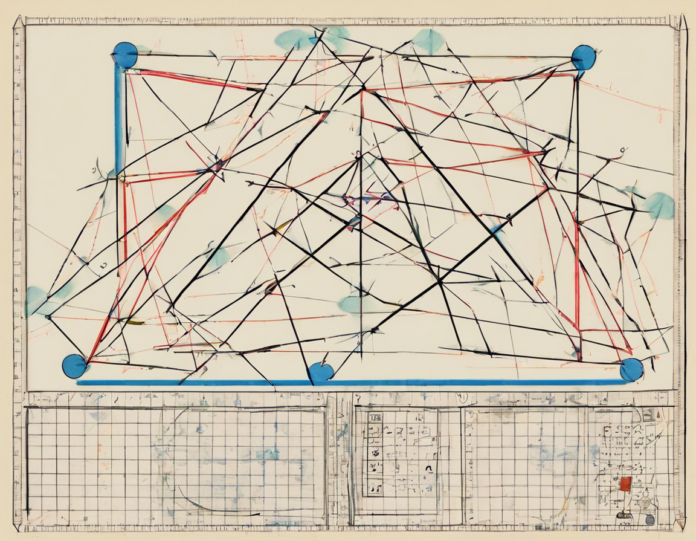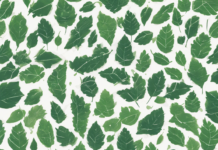Are you looking to create a quadrilateral shape for a personal or professional project? Quadrilaterals are geometric shapes that have four sides and four angles. They can take on a variety of forms, including squares, rectangles, parallelograms, trapezoids, and rhombuses. In this comprehensive guide, we will explore the different types of quadrilaterals and provide step-by-step instructions on how to create these shapes accurately.
Understanding Quadrilaterals
Quadrilaterals come in various types, each with unique properties and characteristics. The key types of quadrilaterals include:
1. Square:
- A square is a quadrilateral with four equal sides and four right angles.
- To create a square, you can start by drawing a line of a specific length. Then, use a protractor to ensure each angle is 90 degrees.
2. Rectangle:
- A rectangle is a quadrilateral with four right angles but unequal side lengths.
- To create a rectangle, draw two lines of equal length perpendicular to another set of equal-length lines. Make sure the angles are 90 degrees.
3. Parallelogram:
- A parallelogram is a quadrilateral with opposite sides parallel.
- To create a parallelogram, draw two sets of parallel lines of equal length and ensure the opposite sides are parallel.
4. Trapezoid:
- A trapezoid is a quadrilateral with one pair of parallel sides.
- To create a trapezoid, draw a base of a certain length. Then, draw two slanting lines from the ends of the base, ensuring only one pair is parallel.
5. Rhombus:
- A rhombus is a quadrilateral with four equal sides but unequal angles.
- To create a rhombus, start with a line of a specific length. Use a protractor to draw two angles of the same degree and create a parallelogram. Then, ensure the diagonals are perpendicular and equal in length.
Steps to Create a Quadrilateral Shape
Now that we have a basic understanding of the types of quadrilaterals let’s dive into the step-by-step process of creating a quadrilateral shape:
Step 1: Gather Your Materials
- You will need a ruler, a protractor, a pencil, an eraser, and a sharpener to accurately create a quadrilateral shape.
Step 2: Determine the Type of Quadrilateral
- Decide which type of quadrilateral you want to create (square, rectangle, parallelogram, trapezoid, or rhombus).
Step 3: Measure and Mark the Sides
- Use a ruler to measure and mark the lengths of the sides of the quadrilateral based on the type you have chosen.
Step 4: Draw the Base Shape
- Start by drawing the base shape of the quadrilateral using the marked measurements. For example, for a square, ensure all sides are equal.
Step 5: Add Angles and Details
- Use a protractor to add the necessary angles to the corners of the quadrilateral. Ensure that the angles are accurate, especially for shapes like squares and rectangles.
Step 6: Review and Refine
- Once you have completed the basic shape, review it for accuracy. Make any necessary adjustments to ensure all sides are equal (if required) and all angles are correct.
Step 7: Finalize Your Quadrilateral
- Once you are satisfied with the shape, darken the lines to make the quadrilateral more visible. Erase any unnecessary markings.
Frequently Asked Questions (FAQs)
1. Can a quadrilateral have two sets of parallel sides?
Yes, a quadrilateral can have two sets of parallel sides, as is the case with parallelograms.
2. What is the sum of the interior angles of a quadrilateral?
The sum of the interior angles of a quadrilateral is always 360 degrees.
3. Are all squares rectangles?
Yes, all squares are rectangles since they have four right angles, but not all rectangles are squares.
4. How many lines of symmetry does a rhombus have?
A rhombus has two lines of symmetry, passing through opposite corners.
5. Can a trapezoid have two right angles?
No, a trapezoid cannot have two right angles since it must have only one pair of parallel sides.
Whether you are a student working on a geometry project or a professional creating graphics for a presentation, knowing how to accurately create quadrilateral shapes is a valuable skill. By following the steps outlined in this guide and understanding the properties of different quadrilaterals, you can create these shapes with precision and confidence. Experiment with different types of quadrilaterals to enhance your geometric skills and expand your design capabilities.








